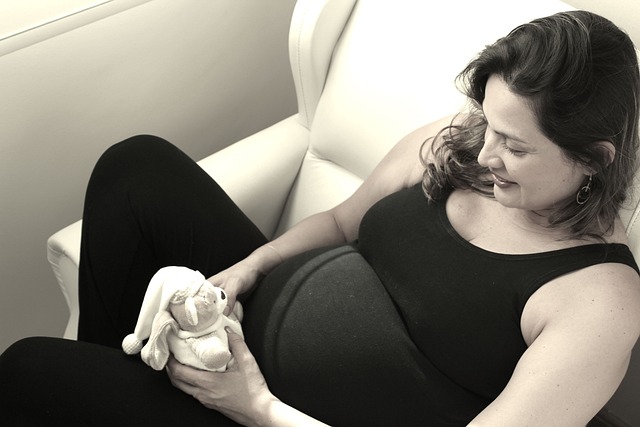Embryo transfer is a significant yet straightforward part of the fertility journey for many couples. It’s that special moment when the embryo, a tiny beginning of new life, is placed into the uterus. We know how delicate these embryos are, so we handle them with the utmost care.
When Does the Embryo Transfer Happen?
After the eggs are retrieved from the ovaries, they’re fertilized in our lab through either in vitro fertilization (IVF) or intracytoplasmic sperm injection (ICSI). The embryos then grow in an incubator and go through several stages over five days: from pre-nucleus to blastocyst. The actual transfer occurs on day five when the embryos are at their peak development.
What Happens During the Transfer?
The procedure itself only takes a few minutes and can be done without any anesthesia. After a quick discussion with the parents-to-be, the doctor will place one or more embryos into the uterus, following the latest regulations. A speculum is used to see the cervix, and a soft catheter is gently inserted to deliver the embryo(s), which are so small they can barely be seen. Once inside, the embryo can settle into the endometrium and continue its development. Patients can head home immediately after.
Post-Transfer Guidelines
After the transfer, there’s no need for strict rules—just go back to your usual routine. Research suggests that bed rest doesn’t improve the success rate and might even pose risks like thrombosis. We recommend following general pregnancy guidelines, such as a healthy diet and avoiding smoking or alcohol.
Success Rates and Risks
The success of the transfer largely depends on the quality of the embryo, and while the waiting can be nerve-wracking, you can take a pregnancy test two weeks later to check if the embryo has successfully implanted.
As for risks, the procedure itself is quite safe. In the Netherlands, regulations limit embryo transfers to one for women under 38 during their first two attempts. However, if you’re 38 or older, or it’s your third try, two embryos can be transferred. If the transfer is successful, you might experience symptoms like overstimulation syndrome, but we’ll keep you informed about any risks based on your individual situation.
On Transfer Day
On transfer day, we focus on the best embryo, while any surplus high-quality embryos can be frozen for future use. If this attempt doesn’t lead to pregnancy, these frozen embryos can be thawed and used later without needing another round of hormonal stimulation or egg retrieval.
Further Reading
If you want to dive deeper into similar topics, check out this post with empowering quotes from single moms. It’s a great way to connect with others on a similar journey. If you’re looking for authoritative info, this guide on couples’ fertility journeys is also worth a look, as well as this resource on pregnancy and home insemination.
Conclusion
In summary, embryo transfer is a quick and crucial step in your fertility journey, handled with care and precision. Afterward, you can resume normal activities, and the success of the transfer largely depends on the embryo’s quality.

